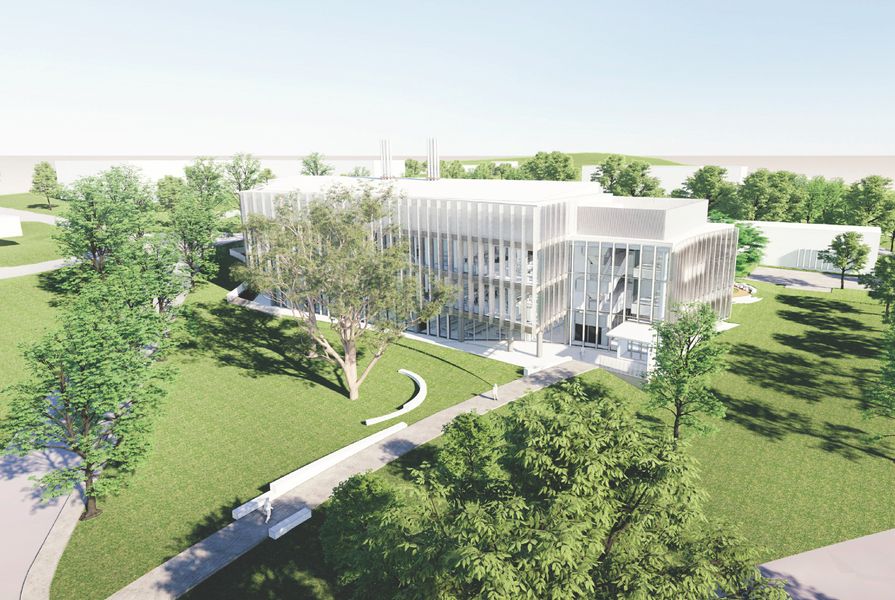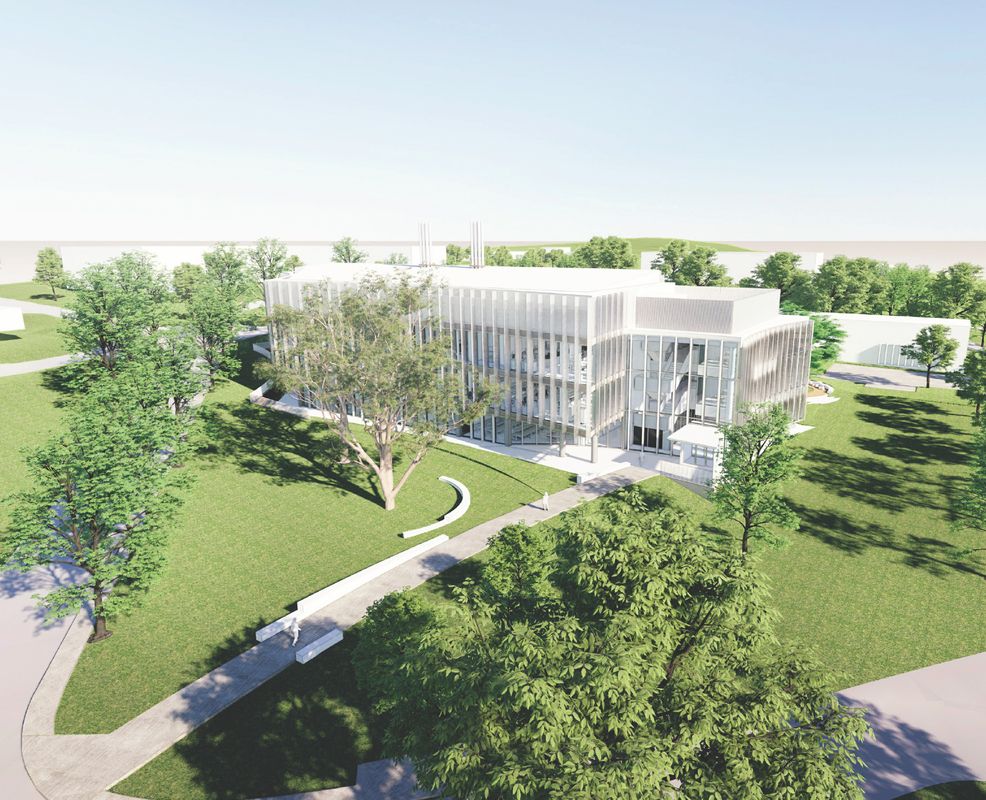Australia’s largest collections of insect, plant and wildlife specimens will soon be located in one “state-of-the-art” facility at Canberra’s Black Mountain.
The science agency CSIRO revealed plans for the National Collections Building, designed by Hassell, in a submission to the Parliamentary Standing Committee on Public Works.
To be built within the 37.3-hectare Black Mountain Science and Innovation Park, the building will provide interactive spaces, office areas, laboratories, storage vaults and landscaped areas, and accommodation for 128 CSIRO staff and affiliates.
It will become the home to the bulk of the specimens in the CSIRO’s National Research Collections Australia, which include 15 million specimens in six collections, “representing 240 years of data and approximately 20 percent of all biological collections in Australia.”
The new facility will house the collections that are currently in Canberra, which include 13 million specimens across the Australian National Insect Collection (ANIC); Australian National Herbarium (ANH); Australian National Wildlife Collection (ANWC); Australian Tree Seed Centre (ATSC); and Dadswell Memorial Wood Collection (DMWC).
These collections were currently housed in disparate buildings across the agency’s Black Mountain and Crace sites “in outdated facilities which are no longer fit-for-purpose and present significant ongoing operational challenges.”
CSIRO’s submission notes that bringing the Canberra-based collections into a precinct environment would remove duplicated work functions, standardize workflows and encourage collaboration.
The aim is to “deliver state-of-the-art biodiversity research facilities that incorporate curation, technical, digitization, science and interaction spaces that support and enhance access and use, thus enabling CSIRO and its national and international research collaborators to better deliver science for national benefit; remove operational risk to specimens and guarantee long term preservation relating to CSIRO’s ageing properties portfolio, mitigate any building operational risk to the collection specimens, and guarantee their long-term preservation and security.”
The CSIRO’s collections have origins dating back almost a century. The agency started collecting insects in 1928, before beginning its wildlife and herbarium collections in the 1930s.
In all, the National Research Collections Australia represents the largest specimen-based, continent-wide sample of Australian biodiversity anywhere.
Costing an estimated $70 million, the National Collections Building will need to be approved by the Parlimentary Works Comitee and the National Capital Authority. Construction is expected to begin in January 2022 with completion in mid-2023.
















